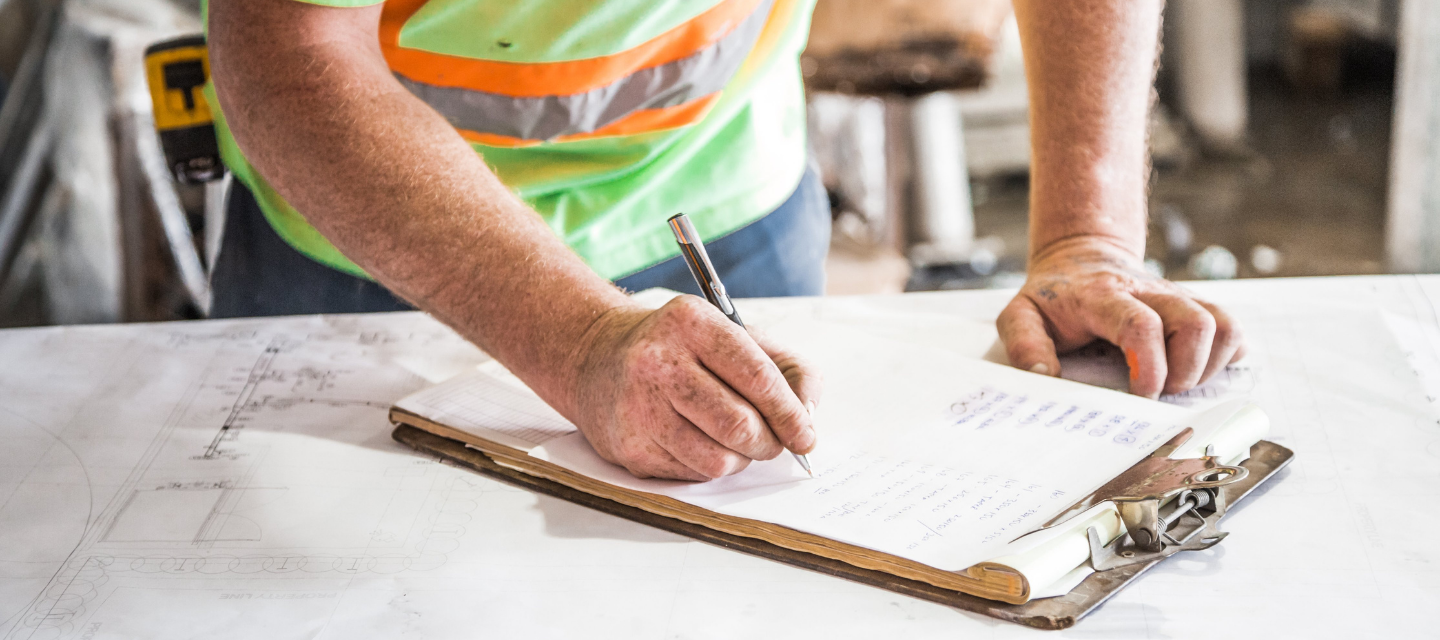Very few modern processes don’t benefit from a good checklist—and that goes for preventative maintenance programs. A preventive maintenance checklist takes all the steps and information out of a manual and puts it into the hands of your experienced technicians.
In this post, learn the benefits of having a preventative maintenance checklist and the key elements every checklist should have.
Three benefits of having a preventative maintenance checklist 📝
These checklists ensure preventive maintenance tasks are done correctly and in the same sequence of steps, regardless of which maintenance team member completes them, which:
- Helps standardize tasks and outcomes, eliminating guesswork or miscommunication, and reduces the chances of error and the need for costly repairs.
- Makes work more efficient and maximizes labour, which reduces downtime and allows technicians to move on to more skilled tasks in less time. It can also free up a technician’s time by allowing other facility members, like machine operators, to perform routine tasks.
- Simplifies troubleshooting and reporting by providing consistency and a great baseline for measuring maintenance activity. When all tasks are done the same way, over and over again, it can help eliminate the number of reasons why a problem might occur.
7 steps to build an effective preventive maintenance checklist ☑️
Your maintenance team has all the necessary information—the key is to gather that information and organize it into formal processes. There are seven things to keep in mind when you’re going through this process:
- Focus on safety: start and end with safety instructions (e.g., required PPE, lock-out tag-out instructions, steps to sanitize the area, etc.)
- Ensure it is sequential: list tasks in the order they need to be completed
- Follow the preventive maintenance framework: A PM checklist should follow this order of tasks when appropriate:

-
Include necessary detail: new technicians should have enough information to realistically complete the task.
-
Provide photos and/or diagrams: this simplifies the task at hand and can clarify any ambiguity.
-
Be as concise as possible: have clear action and goals to maximum efficiency.
-
Insert total time for the checklist or time requirements for each task: this prevents technicians from feeling rushed.
Conclusion
It only takes a few simple steps and can yield tremendous benefits across your facility. So before you set out on the next leg of your maintenance journey, ensure you have well-built maintenance checklists to act as a compass for higher efficiency, better spending, and a safer operation.
How do you use preventative maintenance checklists in your facility? Are there element you would add to our list? Share them in the replies below👇






